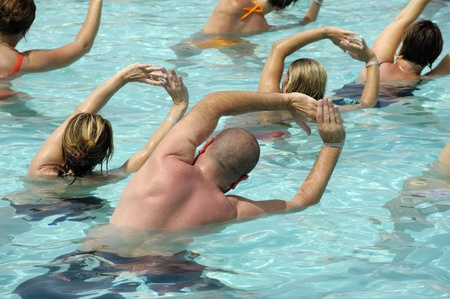
Our NU Moves Physio team recently debated the current beliefs surround the ITB and how it can give you lateral (or outside) knee pain which is also referred to as ITB syndrome. Here is a simple take home message from a complex discussion.
* The diagnosis of ITB syndrome can be made clinically without investigations
* The lateral meniscal cartilage of the knee needs to be considered as a possible source of pain which may require MRI imaging. A clinical assessment will predict if this is likely.
* The most common cause of the problem is an increase in the amount of running or ‘load’ on the knee. Treatment of acute ITB syndrome must include initially managing the load to help reduce inflammation. This is usually via modifying the running program.
* The hip is the key to controlling this problem. Most importantly the strength and timing of the gluteal (buttock) muscles need to be sufficient to hold your pelvis and leg stable enough during running. Secondarily having enough flexibility in the hip flexor muscles often helps get the gluteal muscles functioning better.
* Rolling the ITB is a common form of treatment utilised if tightness is perceived as part of the problem. If rolling gives you relief of pain associated with running or any other exercise then we cannot argue with that however understanding the reason behind why it may or may not help is the challenging part. Roll it if it helps you but make sure you start your rehab at the hip.

